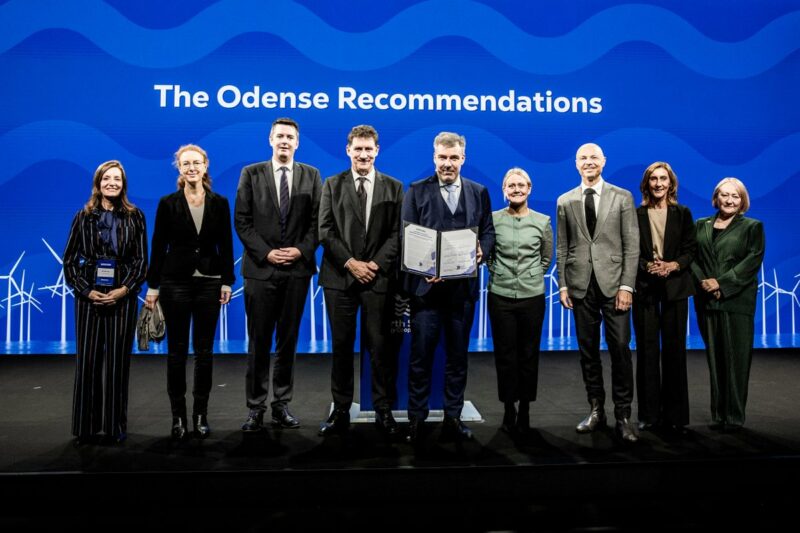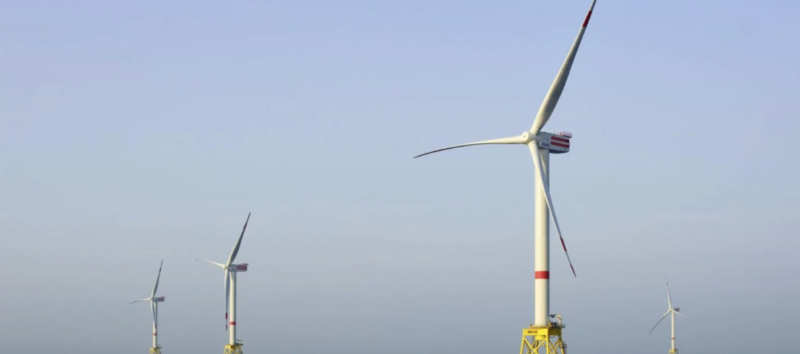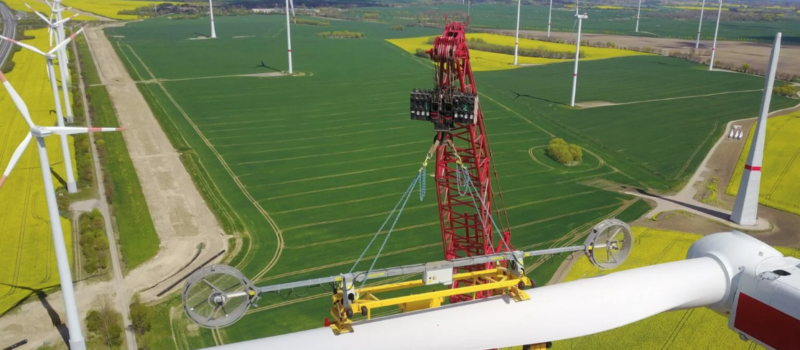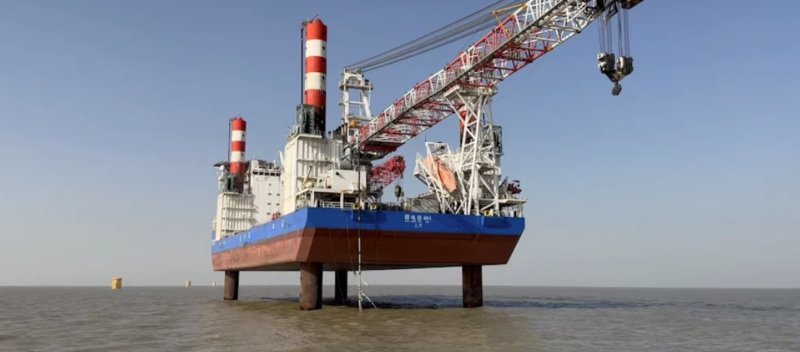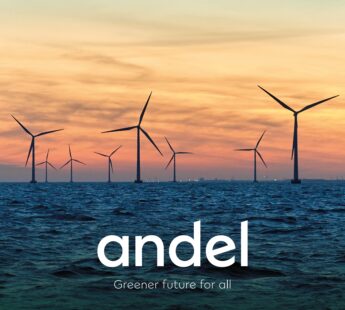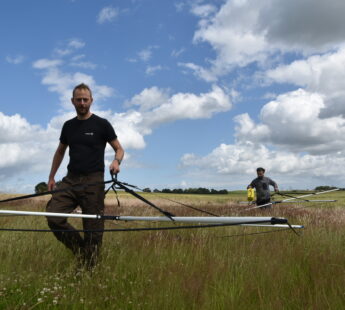News
Wind farm planning and development
Wind research and development
Wind turbine manufacturing and components
Wind is the Cheapest Energy Source in Denmark


The Danish Energy Agency has conducted a cost analysis of establishing new electricity generation facilities in Denmark and the conclusion is clear: onshore wind exceeds all other technologies.
The analysis illustrates that costs for electricity production from onshore wind is about EUR 4 cents per kilowatt hour, whereas offshore wind and new centralized power plants running on coal and natural gas cost around EUR 8 cents per kilowatt hour.
“I am pleased that wind is the right path to pursue, also from an economic point of view. And it also benefits the environment, strengthens our security of supply as well as Danish exports”, said Minister for Climate, Energy and Building Rasmus Helveg Petersen.
On a general note, the analysis shows that there is a need for subsidizsng schemes to back investments in new electricity capacity because the current price of electricity price is too low. This is the case regardless of investments in wind turbines or power plants. In this context, it is important to note that analysis does suggest pursing wind as the only technology in Denmark’s future energy mix, as there will still be a need for power plants as “back-up” power on windless days.
“That wind energy has become cheaper than other energy sources is not least thanks to the great commitment and professionalism in this area. This counts researchers, companies and politicians. We depend on a long-term and stabile energy policy to ensure that renewable energy both today and in the future is the obvious choice”, said the minister
Background facts
- The analysis is based on the Danish Energy Agency’s technology catalogues and price forecasts from the International Energy Agency.
- The analysis has been conducted by the Danish Energy Agency and subsequently validated by an independent consultancy firm Ea Energy Analyses. The result from Ea Energy Analyses is consistent with the figures from the Danish Energy Agency.
- According to the analysis it is cheapest to establish onshore wind power. This is followed by offshore wind, new centralized plants running on coal and natural gas, as well as decentralised plants on natural gas. Hereafter follows new centralised plants running on wood pellets and centralized plants, which have been converted from coal to wood pellets. Most expensive are decentralised plants running on biomass and solar cells.
The Danish Wind Industry
Denmark was the first country to install wind turbines more than 30 years ago and has been first mover in the wind industry for decades. On- and offshore wind turbines provide more than 33% of Denmark’s electricity consumption today, which is the highest level of wind power integration in the world. By 2020, wind power will account for more than 50% of the electricity supply, according to recent government targets.
The Danish wind industry encompasses more than 350 companies and employs more than 25,000 people. Companies working with wind from all over the world have located central parts of their R6D operations in Denmark, and the concentration of companies covering the entire wind power value chain is unparalleled elsewhere in the world.
- Read more about the calculations at the Danish Energy Agency’s website (currently in DK only)

